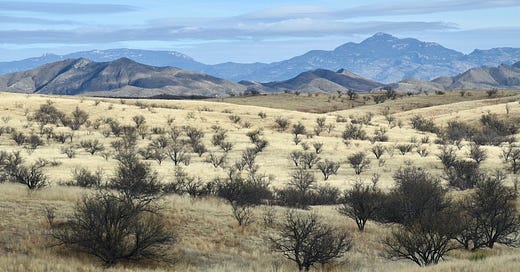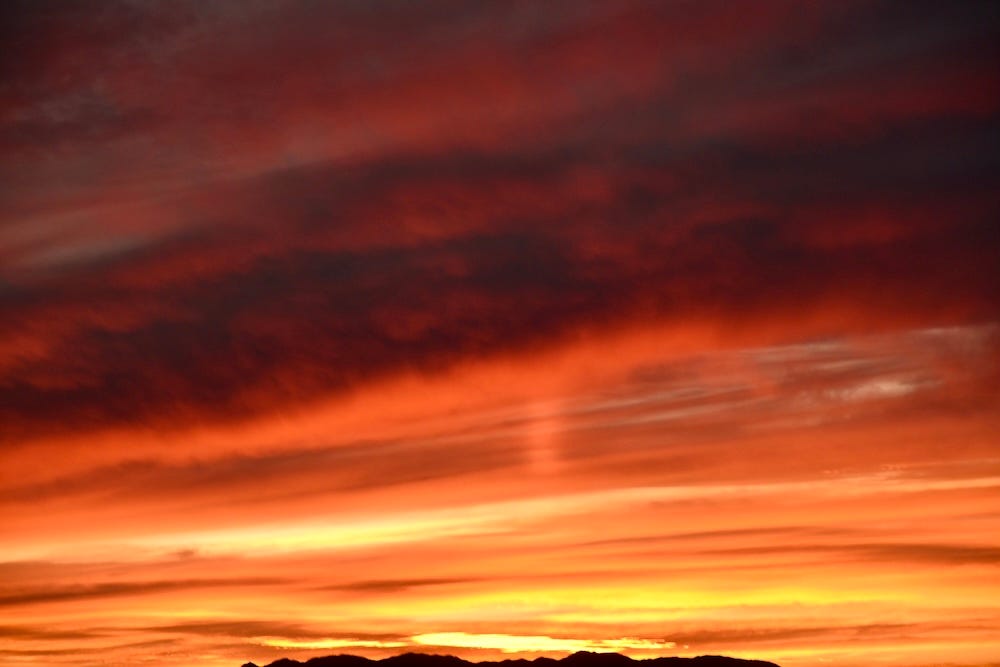Las Cienegas preserves desert south of Tuscon
Marshy wetlands on desert valley bottoms are rare in Arizona and offer a varied landscape to explore.
Not all BLM land is land nobody wanted.
Las Cienegas National Conservation Area in southeast Arizona, 45 miles southeast of Tucson, was once a private working cattle ranch. It came into public ownership in the the late 1990s to prevent its development as a golf course community and is still a working cattle ranch.


My experience with Las Cienegas is limited to a partial day of driving, until the roads became too rough and I headed farther south to Coronado National Memorial.
BLM land by and large was land left over from homestead days when nobody claimed it, or later relinquished a claim. It went unclaimed often because lack of dependable water made it hard to settle down and earn a living.
That doesn’t make the land bad in any way, except for humans. The plants and animals have adapted to it, and leaving such land undeveloped is a goal by the Biden administration to protect in some way 30 percent of the American landscape by 2030.
After the homestead days, BLM has come to manage more desirable lands. Usually, a piece of land used as a ranch comes on the market, a nonprofit land conservation foundation buys it because it can move at market speed, then sells it to the federal government, which uses the Land and Water Conservation Fund to buy and protect it.
The BLM, through act of Congress, went into partnership with the Empire Ranch Foundation in 2000 to obtain and manage the 45,000-acre Las Cienegas National Conservation Area, including the Empire and other ranches.
Cienegas is a Spanish word for spongy wet meadows in valley bottoms of otherwise dry desert mountainous areas. Humans have altered such landscapes as they developed water storage and uses, so having such a large area relatively pristine is a rarity. Las Cienegas NCA is the meeting place of two deserts: the Sonoran and Chihuahuan.
Developed recreation facilities are somewhat limited, though rough camping is allowed at designated sites. The main attractions is driving/hiking/cycling the roads for high desert scenery and wildlife watching, until the roads get too rugged or muddy for your taste. The foundation also stages many events at the old Empire Ranch, both the headquarters for visitors and the continuing cattle operation.
Open the tweet above to read more about BLM’s role and the type of events offered by the Empire Ranch Foundation. Read a suggested road tour from Arizona Highways magazine at this link. Southeast Arizona is high enough (4,600 feet at the old ranch) to get cold and snow in winter, so keep that in mind if planning to visit.









